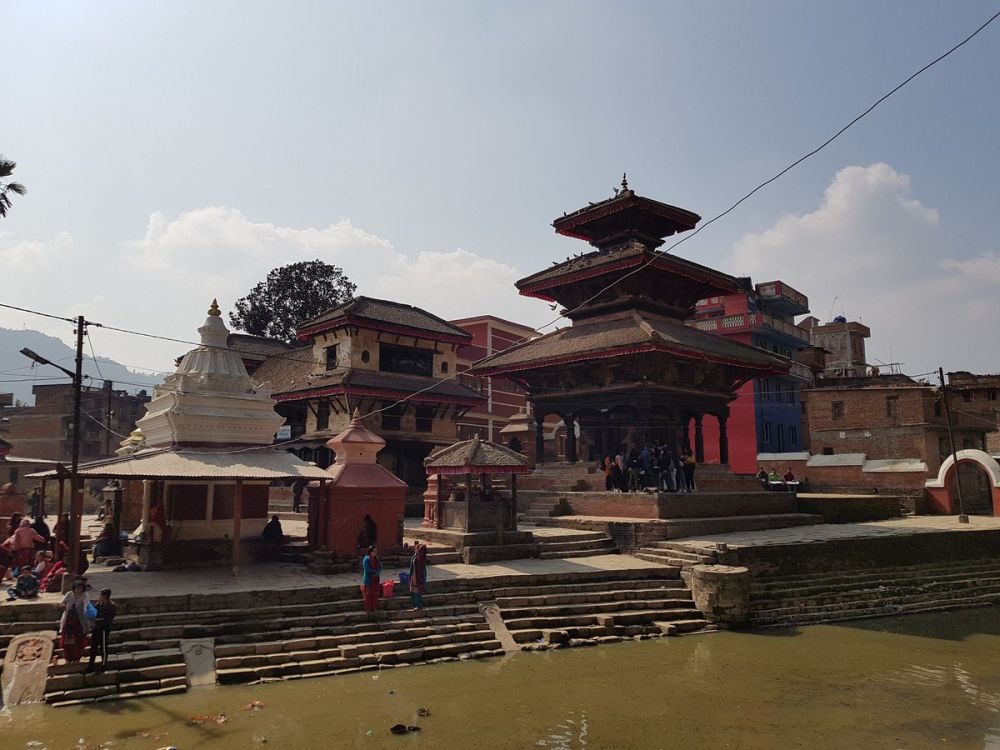

Nestled within the quaint town of Panauti, the Bansha Gopal Krishna Temple stands as a pillar of spiritual and historical significance. With origins stretching back to the 17th century, this temple is not only a sacred site for Hindu worshippers but also a splendid example of Nepalese temple architecture.
The temple has been a beacon of religious activity since its inception. According to local lore, the Bansha Gopal Krishna Temple was constructed by a local inhabitant, whose name has been lost to time, as an act of piety and devotion to Lord Krishna. Since then, it has held a unique presence in the town's skyline with its majestic tiered structure and the ornate wood carvings that adorns its façades.
With the growth of tourism in Panauti, the temple has garnered attention from travelers around the world. Its historical context within the predominantly Newari culture of Panauti and its proximity to other heritage sites make it a significant stop for cultural enthusiasts looking to dive deep into Nepal's rich past.
Panauti itself is an ancient town that features a confluence of the Roshi and Pungamati rivers, and it is said to be positioned on a single solid rock. This geological and mythological aspect has led to a local belief that Panauti is immune to earthquakes. As a part of Panauti’s heritage, the Bansha Gopal Krishna Temple contributes to this tapestry of stories and beliefs that make the town a compelling destination.
In recent years, there has been a significant trend towards cultural and sustainable tourism which has positively impacted sites like the Bansha Gopal Krishna Temple. Tourists are increasingly seeking authentic experiences that offer a glimpse into the local lifestyle and traditions. With the rise of eco-tourism and the desire for immersive cultural experiences, Panauti, including its revered temple, has seen responsible approaches in tourism that seek to preserve the delicate historical and cultural fabric of the area.
Moreover, local tourism initiatives often include visits to such heritage sites, with guides providing insights into the temple’s architecture, its iconography, and its role within the broader scope of Nepalese cultural practices. This aligns well with global tourism trends that favor responsible travel and deep cultural exchange.
In conclusion, the Bansha Gopal Krishna Temple is more than a place of worship; it is a bastion of history and a testament to Nepal's enduring cultural heritage, which continues to evolve alongside the latest trends in global tourism. For visitors to Nepal, a visit to Panauti and its stellar temple is an essential chapter in their journey of discovery.